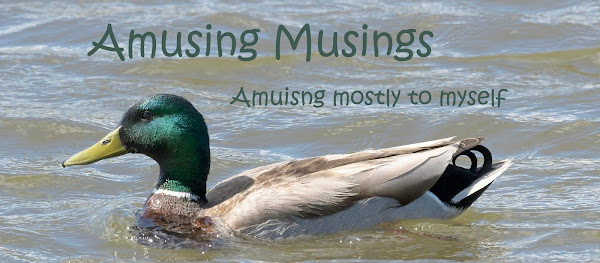 Yesterday afternoon the winds picked up and it started to rain and then sleet before I fell asleep around midnight. This morning the sky was awhirl with big, fat, sloppy snow flakes that stuck everywhere and formed a couple of inches of very slick Slurpee-like stuff on the streets. Around 9:30 I had to drop KLK off at the Blue Line so he could get to the airport. Surprise! Every single access to the Loop where he could pop down any number of different rabbit holes to get on the train was blocked for the Shamrock Shuffle (foot race). Doubting that many people would show up in the 0.05° above freezing wet mess that was the Chicago ground, we drove considerably farther north, well out of the Loop, to get him on his way. The farther north we went, the worse the weather got. The trees were completely encased in what looked like white spray-on insulation. It would have been beautiful if driving conditions hadn't been so dangerous and the winds had been a little calmer. Nonetheless, he made it to the airport in time to find out his flight was canceled. He got on a another one an hour later and is now close to landing at his destination.
Yesterday afternoon the winds picked up and it started to rain and then sleet before I fell asleep around midnight. This morning the sky was awhirl with big, fat, sloppy snow flakes that stuck everywhere and formed a couple of inches of very slick Slurpee-like stuff on the streets. Around 9:30 I had to drop KLK off at the Blue Line so he could get to the airport. Surprise! Every single access to the Loop where he could pop down any number of different rabbit holes to get on the train was blocked for the Shamrock Shuffle (foot race). Doubting that many people would show up in the 0.05° above freezing wet mess that was the Chicago ground, we drove considerably farther north, well out of the Loop, to get him on his way. The farther north we went, the worse the weather got. The trees were completely encased in what looked like white spray-on insulation. It would have been beautiful if driving conditions hadn't been so dangerous and the winds had been a little calmer. Nonetheless, he made it to the airport in time to find out his flight was canceled. He got on a another one an hour later and is now close to landing at his destination.This afternoon, back at home and done with the Sunday crossword, I looked out the front windows over Lake Shore Drive to Lake Michigan and saw beautiful blue skies and all the trees with that indescribable haze of green they get before they truly explode with new spring leaves. The biggest surprise of all is that where the snow has melted (as most of it has), the grass underneath is bright green for the first time since last October!
(Note the still white sides of the tree trunks in the photo of Promontory Point. The view below shows Lake Shore Drive and Lake Michigan just slightly to the north of The Point).










